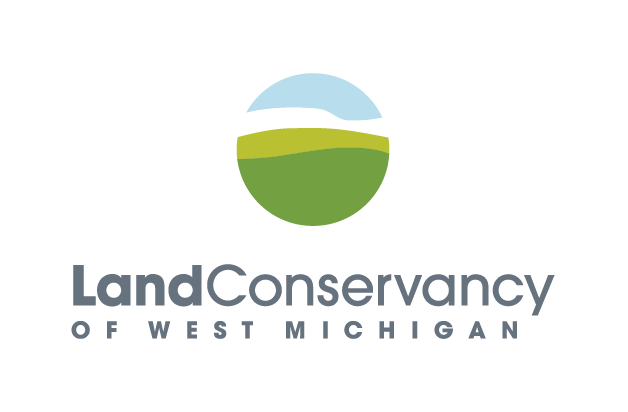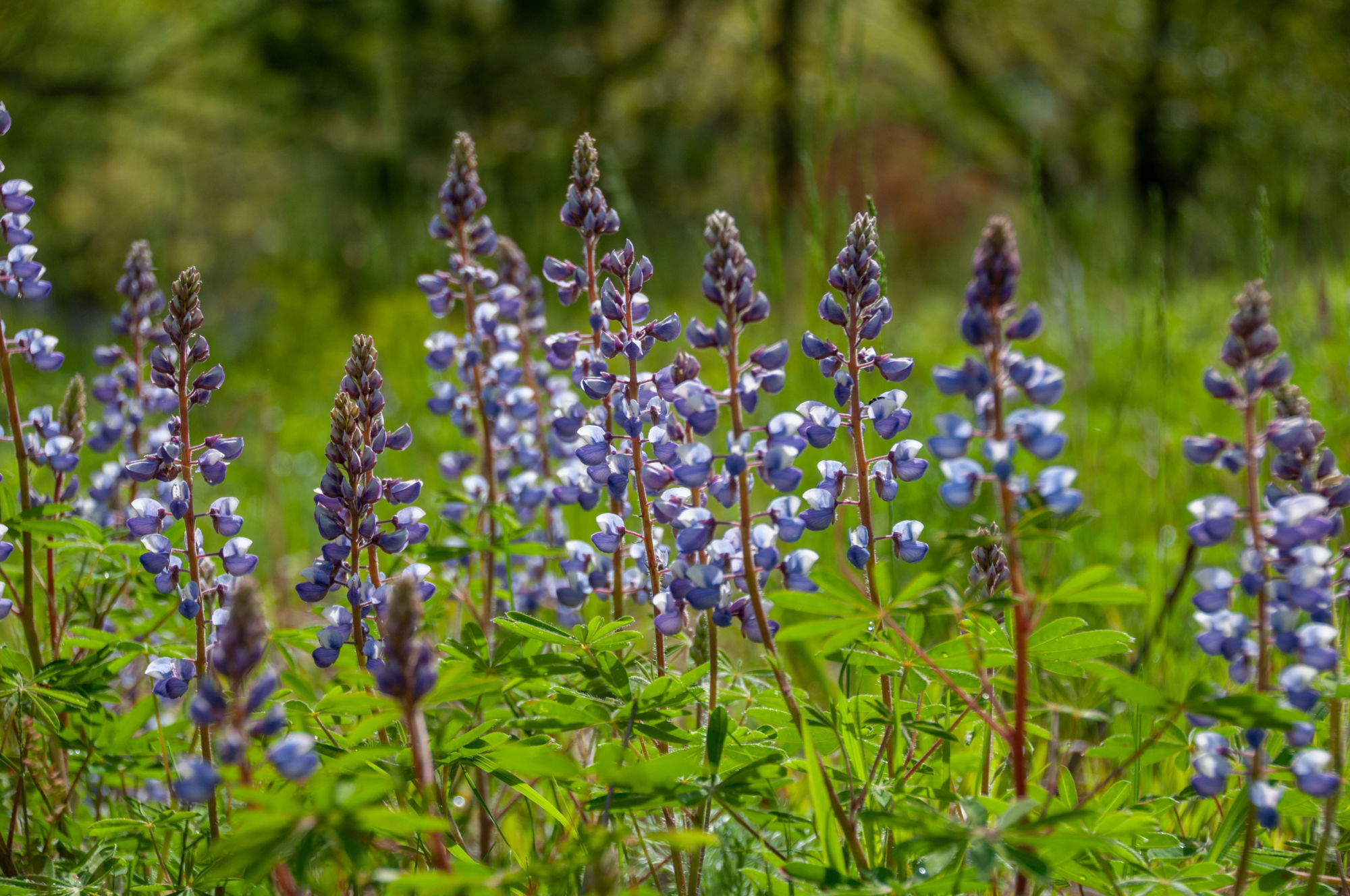
Focal Region Feature: Eastern Glacial Corridor
The Land Conservancy of West Michigan’s Strategic Conservation Plan identifies three regions where we will focus conservation efforts. In this article, we explore the Eastern Glacial Corridor in a Q&A with LCWM Stewardship Director Justin Heslinga.
Can you speak to the ecological importance of the Eastern Glacial Corridor?
JH: The Eastern Glacial Corridor is one of the most biologically rich regions in West Michigan. Thousands of years ago, retreating glaciers carved a landscape filled with lakes, streams, hills and ravines. This variety in landform led to the huge diversity of habitat types, plants and wildlife that we see there today. What’s more, the north-south orientation of many of these features creates a potential movement corridor between nearby forested areas as species and communities adjust to climate change—if enough habitat in the region can be protected and restored before it’s too late.
What are the unique challenges of meeting the Land Conservancy’s strategic conservation goals for the Eastern Glacial Corridor?
Most of the land in the Eastern Glacial corridor is fragmented by urban development and agriculture, so there aren’t many large patches of habitat left to conserve. Piecing together remaining natural areas will require using our three tools of protecting land—acquisition, conservation easements and community partnerships—plus using forward-looking land management practices and lots of hard work to restore the ecological health of what’s been protected.
What is an example of a project the Land Conservancy has already completed in the Eastern Glacial Corridor?
Twenty years ago, we worked with the Wege Foundation and other partners to create the Wege Foundation Natural Area—a 62-acre nature preserve with lots of habitat diversity, right in the core of the Eastern Glacial Corridor. Lowell Area Schools owns an 80-acre forest next door, where they run a nature center, the Wittenbach-Wege Center (WWC), that brings thousands of kids and community members through both properties each year. In recent years, we’ve coordinated with WWC staff to improve forest health and biodiversity across both sides of our shared property boundary. Nearby, the Land Conservancy has worked with several individuals to protect their land with conservation easements. All this together creates a hub of conservation in the middle of the Eastern Glacial Corridor, parts of which can be scaled locally or replicated elsewhere.
What was the most rewarding aspect of that project?
The most rewarding part of the Wege Foundation Natural Area project has been our partnership with the Wittenbach-Wege Center. Our ability to positively impact both human and natural communities in the Lowell area has been amplified tenfold because of the steady work and commitment of the WWC.
What is the most challenging part of protecting land in this region?
The most challenging part is prioritization, both from land protection and land management perspectives. There is so much important work to be done, but only limited resources to do it. Ideally, all the important lands in the Eastern Glacial Corridor could be protected and restored, but difficult choices often need to be made.
How is the Land Conservancy acting now to advance efforts in this region?
We’ve begun identifying the highest-priority lands for protection and restoration, especially looking at where we can protect larger hubs of natural habitat and create connecting corridors between them. We’ve also started implementing climate-friendly practices on lands we manage, such as planting regionally native tree species that are predicted to thrive here 100 or 200 years from now. We’re still in the planning stages of most of this work but are excited to share more with partners and supporters in the coming months.
What is your favorite part about the Eastern Glacial Corridor and why?
Bogs are magical. Nowhere else do you see such a high concentration of biological weirdness: acid water, floating trees, carnivorous plants. And that’s all because of certain geological anomalies left by glaciers 12,000 years ago. It’s mind-bending to think about how all this stuff is connected








John Lemmenes
I have loved the Eastern Glacial Corridor land form and it’s ecosystem ever since moving to Michigan. Much has been lost through urban sprawl, but much remains to be preserved and restored whether publicly or privately..
It must be emphasized that along with providing a conduit for native species the corridor is an avenue for non-native and highly destructive invasive species to move both North and South
.Chief among these is Oriental Bittersweet which has heavily infested Eastern Kent County and is poised to cross the boundaries of Kent County to the North East and South. This puts at risk the extensive State Forests and other preserved lands in Barry, Ionia and Northern Kent County at immediate risk and ultimately threatens the National Forests of Northern Lower Michigan. One only has to travel in the Appalachian Mountains to see the enormous destruction Oriental Bittersweet Mono Cultures wreak the appreciate what is at risk here.
Oriental Bittersweet has no biologic controls and will thrive anywhere much like Kudzu in the South. The lack of a unified and by necessity well funded program to contain it across governmental jurisdictions and areas of land stewardship both public and private virtually guarantees that successively each area will be infested and overrun in turn. Lacking such unity of purpose means that the question will be how soon rather than if this catastrophic destruction happens.